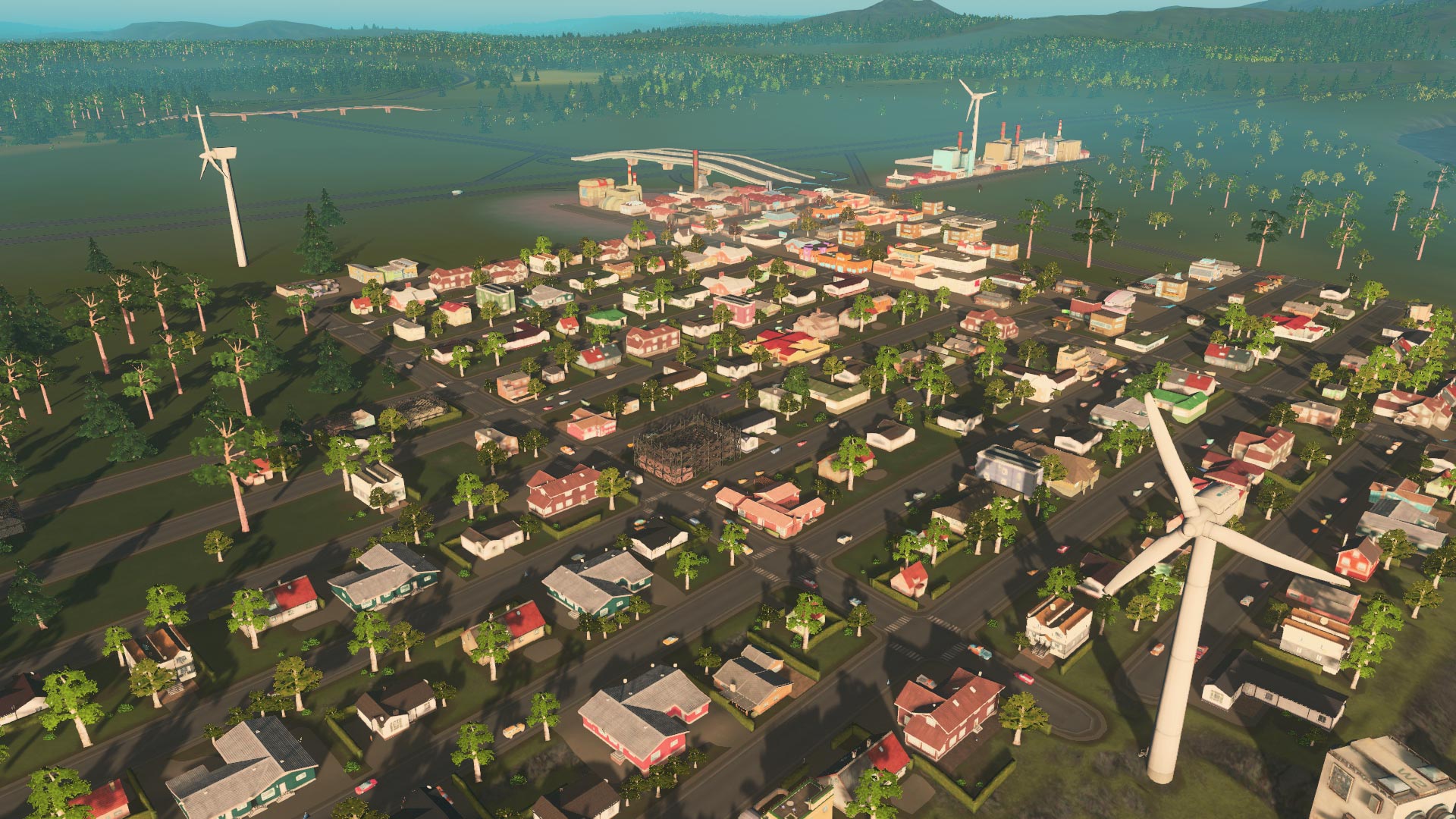

Thankfully the quickly growing community knows what to use the Steam Workshop for. Building a city that does well sometimes gets a bit too easy, which also shows the limited offer in buildings. It offers the possibility of making gigantic cities in which infrastructure is key.

Purchasing them all would make Cities: Skylines too expensive of an experience. Cities: Skylines makes up for everything SimCity did wrong. In my opinion they disappointingly don’t offer enough new features to be worth the price tag of approximately fifteen euros. The only major drawback from the developers is the price of DLCs. The flow of traffic and general buzzing of the city ebbs with the day and night cycle. The cities are lively, and when the player zooms in to the city, they can see colorful diorama: people on the streets walking their dogs, going to work, and running to a bus. Playing is surprisingly peaceful due to the lack of disasters and the actual conscious effort one needs to show to make the city slip into Gotham-like chaos. Even crime in Cities: Skylines is but a second thought because the police force is working overtime and one needs just a few police stations to control a city of thousands. It takes a lot for areas to go abandoned, and with a few correcting maneuvers, the district returns the people to the previously derelict area. The cities’ citizens are very laid back, only snidely subtweeting (or chirping, as it called in the game) about my inability to keep some district’s waste management running. Even those kinds of disasters are difficult to achieve on a full-blown national catastrophe kind of scale. It is both fun and time-consuming: Different zoning regulations, taxes, and loans to juggle give the player plenty to work on.Ĭities: Skylines doesn’t raise your blood pressure with natural disasters or other unfortunate incidents, so the only disasters are man-made (by the player’s poor planning, that is). In addition to some not-intuitive mechanics, there are many options for the player to manipulate. In the basic mode, the player gets introduced to new city features like schools and entertainment venues as the game progresses and the city grows. This game is challenging to master, though, and some features, like public transport (that I’ve yet to design so that it runs smoothly) might require a YouTube tutorial or two. It is easy to grasp the basic mechanics, laying down the roads, assigning lots to industry, housing, commercial properties, and making sure the water, electricity, and waste management are running smoothly.

If you haven’t played city simulators before, Cities: Skylines has a learning curve that might feel frustrating initially.
#Cities skylines review simulator#
Cities: Skylines is a city-building simulator by Colossal Order, where you get to play a Mayor/God and plan and build a city and watch it grow from a humble shovel to a busy metropolis.


 0 kommentar(er)
0 kommentar(er)
